Solving food system challenges through collaboration
GW's Global Food Institute and Food Tank bring together the most forward-thinking minds in global agriculture and food security
Friends, how was your weekend? What did you do? What did you make? What did you eat?
Today, I want to bring attention to a collaboration that connects a couple of organizations that I’m really excited about—places that are doing incredible work to try to take on the world’s most urgent problems using food as the glue that brings us together. You know I always say that food has the power to change world, and the power to create a better future for everyone. And I will keep saying it, over and over again, because it’s the most important message I can share.
Growing Forward: Insights for building better food and agriculture systems is an editorial series in partnership between the Global Food Institute at the George Washington University (where I’ve been teaching a class since 2013…!) and Food Tank. It’s highlighting some of the most forward-thinking minds in the food and agriculture world, academics, nonprofit leaders, farmers, and beyond. If you remember last year, we introduced GFI’s Executive Director, Stacy Dean, who is committed to making sure that the organization is at the front and center of global food discussions and food policy. Food Tank is a non-profit that focuses on building a sustainable food system, especially around agriculture. Food Tank is co-founded and run by my friend Dani Nierenberg, who won a Julia Child award for her work. So of course I can’t think of a better meeting of the minds than a partnership between these two amazing organizations!
Here are a few examples from essays that I found to be incredibly impactful…you should take a few minutes to click around and read them, then explore the other essays!
Stacy Dean, “Together, we can build better food and agriculture systems.”
Stacy Dean, Executive Director of GFI, talks about how interconnected global food and agriculture systems are, the challenges of coordinating their movements, and how those challenges can be met with collaboration and innovation. Here’s a little piece of the essay…keep reading for more.
The more I learn about our food and agriculture system—an interconnected, often uncoordinated, web of activities across the globe—the more I am amazed.
Millions of people are involved in bringing food to our tables. The food you purchase in the grocery store to put on your plate has passed through many hands: from farmers, foragers, fishers, and ranchers to food processors and companies that create the products we buy to drivers and distributors who ensure food products reach their destinations–and finally to the workers that prepare food in restaurants and cafeterias. Through this highly decentralized system—which also includes scientists who research and continually innovate the food and agriculture industries—we have revolutionized food production so that we’re achieving output never seen before.
Dion Dawson, “Food justice is economic justice: how a box of produce can rebuild our food system.”
Dion Dawson is the founder of Dion’s Chicago Dream, a nonprofit social enterprise fighting food insecurity through logistics and last-mile delivery. In his essay, he talks about how his organization connects neighbors in Chicago with boxes of fresh produce…while reducing food insecurity, creating jobs, and building a more equitable food system.
Here’s a little excerpt from it:
In Chicago, there is a moment that happens every morning that I wish everyone in America could witness.
It’s not flashy. No ribbon-cutting, no press, no celebrity chef plating a perfect dish. It’s just a box of fresh produce—sturdy, colorful, perfectly packed—placed gently on a neighbor’s porch by someone who lives just a few blocks away. There’s a nod. Sometimes a smile. Often, a “see you next week.” It takes ten seconds. But in that tiny moment, something powerful happens: trust is built, dignity is honored, and the engine of economic justice turns once again.
Che Axum, “The promise of urban agroecology to enhance food and nutrition security in the 21st century”
Che Axum is the Director of the Center for Urban Agriculture and Gardening Education at the University of the District of Columbia (UDC). In his writing, he tells us that 55% of the world’s population lives in an urban environment, which presents unique challenges for food access and nutrition—and how those challenges can be combated through urban agriculture and urban agroecology. My team has had an opportunity to visit Che at UDC’s Firebird Research Farm…an amazing place where Che and his team are researching seeds and plants that are climate change-tolerant, aquaculture, and aquaponics…nearly entirely off the grid using solar energy!
To nourish a growing urban population, we need the same social values—dignity, equity, political awareness—that we upheld in our D.C. community during the pandemic. The good news is that urban agroecology (UA+) offers an ecologically sound and socially just framework to reshape food systems in cities in this way.
Karen Washington “Putting the power in the hands of the people”
Karen Washington is a farmer, activist, and co-founder of Rise & Root Farm and the Black Farmer Fund. In her interview, she discusses systems of oppression in food and agriculture systems, why it’s imperative to use accurate language when naming the problem, and why true change can happen on the local and community levels.
Time and time again, while working in low-income neighborhoods and neighborhoods of color, we’ve heard people ask: Where are the Black farmers, the farmers of color, the queer farmers who look like us and can supply our community with fresh food? As BIPOC and as queer farmers—we call ourselves the BQE—we wanted to fill this need.
Regina Harmon “Act now: join young people in the fight to end food waste”
Regina Harmon is the Executive Director of Food Recovery Network, where she raises awareness about the impact of food waste on the environment and the opportunity to address hunger through recovering surplus food. In her post, she offers up important lessons that can continue driving forward the goal of ending food waste, noting that even the smallest changes can make enormous impacts.
There is room for all of us to join the revolution to restore the value of our food, especially our surplus food, and effectively end the cycle of food waste. Our efforts, together, will make our tomorrow brighter, more connected, and thriving.
Heather Dawn Thompson “Our fates are intertwined: incorporating indigenous values into buffalo food systems and conservation work”
Heather Dawn Thompson, as a citizen of the Cheyenne River Sioux Tribe, has devoted her life to bison conservation. In her essay, she discusses how a shared indigenous worldview that everything—including food systems, animal conservation, and ecosystems—is connected, and the importance of being good stewards to the land so the land continues to provide for us.
Developing a modern version of traditionally sustainable Tribal buffalo food systems requires an Indigenous perspective. Most Tribes are uninterested in participating in large commercial sales of buffalo meat or trucking animals considered a relative to slaughter facilities. Instead, they prefer to field-harvest buffalo, so that they are taken down quietly and respectfully on the prairie where they have lived their whole lives. This also ensures the buffalo are not stressed, which is considered disrespectful to the animals, and flushes their bodies with cortisol and other stress hormones impacting the health and quality of the meat. Buffalo need Indigenous food systems. Indigenous food systems need buffalo.
Incredible work, isn’t it? And you can follow the journey of this collaboration at the first annual Food and Agriculture Policy Summit TOMORROW, October 28th, which takes place at GW’s Jack Morton auditorium. The summit will include both GFI and Food Tank, as well as…me! You can live stream the event here, and I guarantee you’ll be inspired by thought leader across the food system who all have ideas about policies that can support a healthier population and planet. Because…say it with me, people: FOOD BRINGS EVERYONE TOGETHER.
I’d love to hear your thoughts if you attend, either in person or virtually. The more people that we have who contribute to this incredibly important conversation, the closer we can get to solving the world’s food challenges.


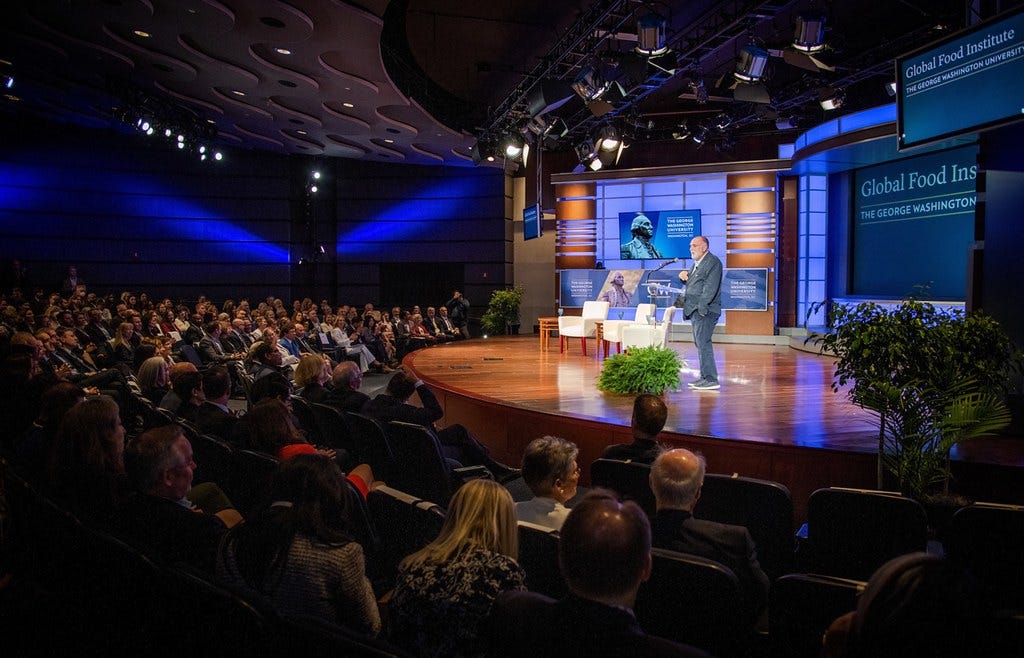
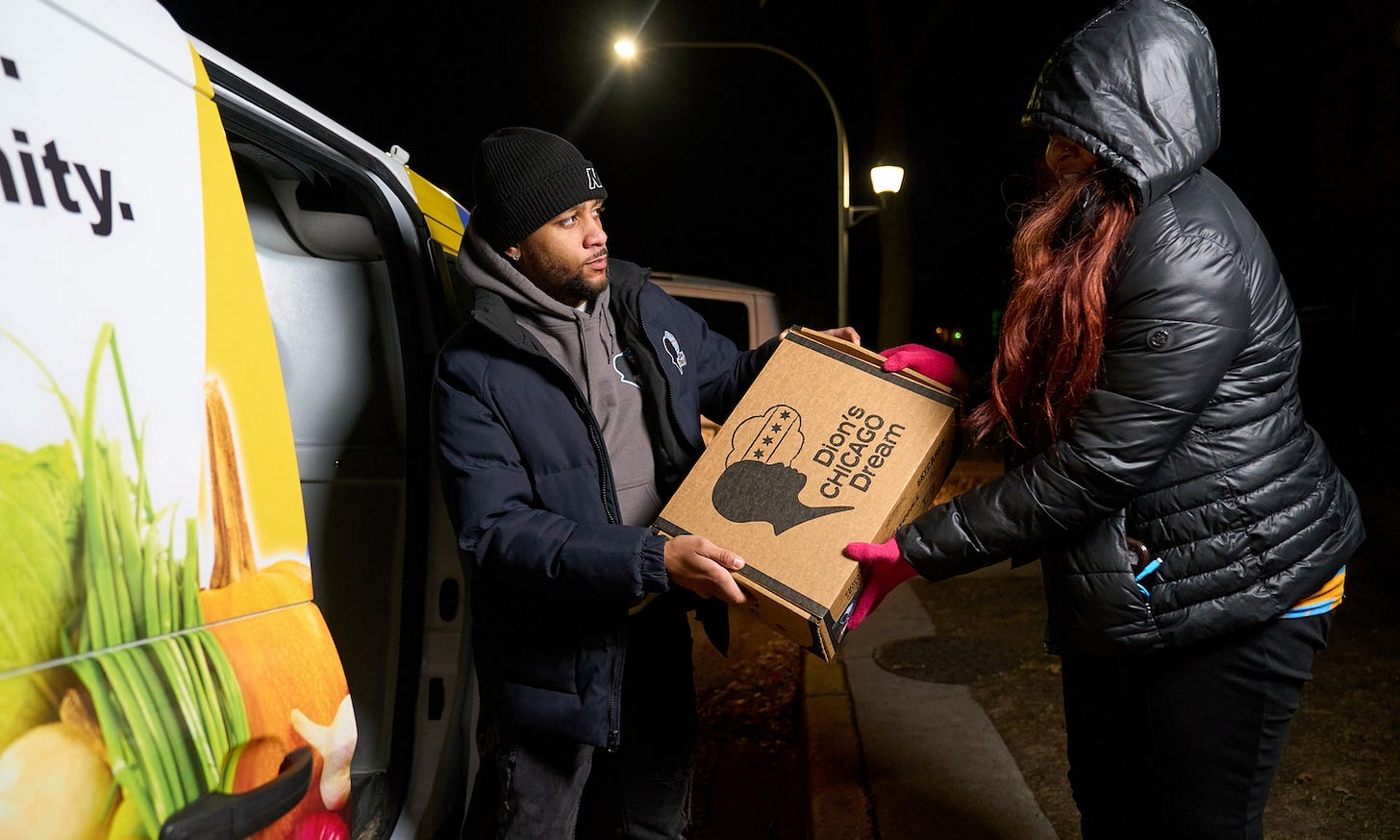
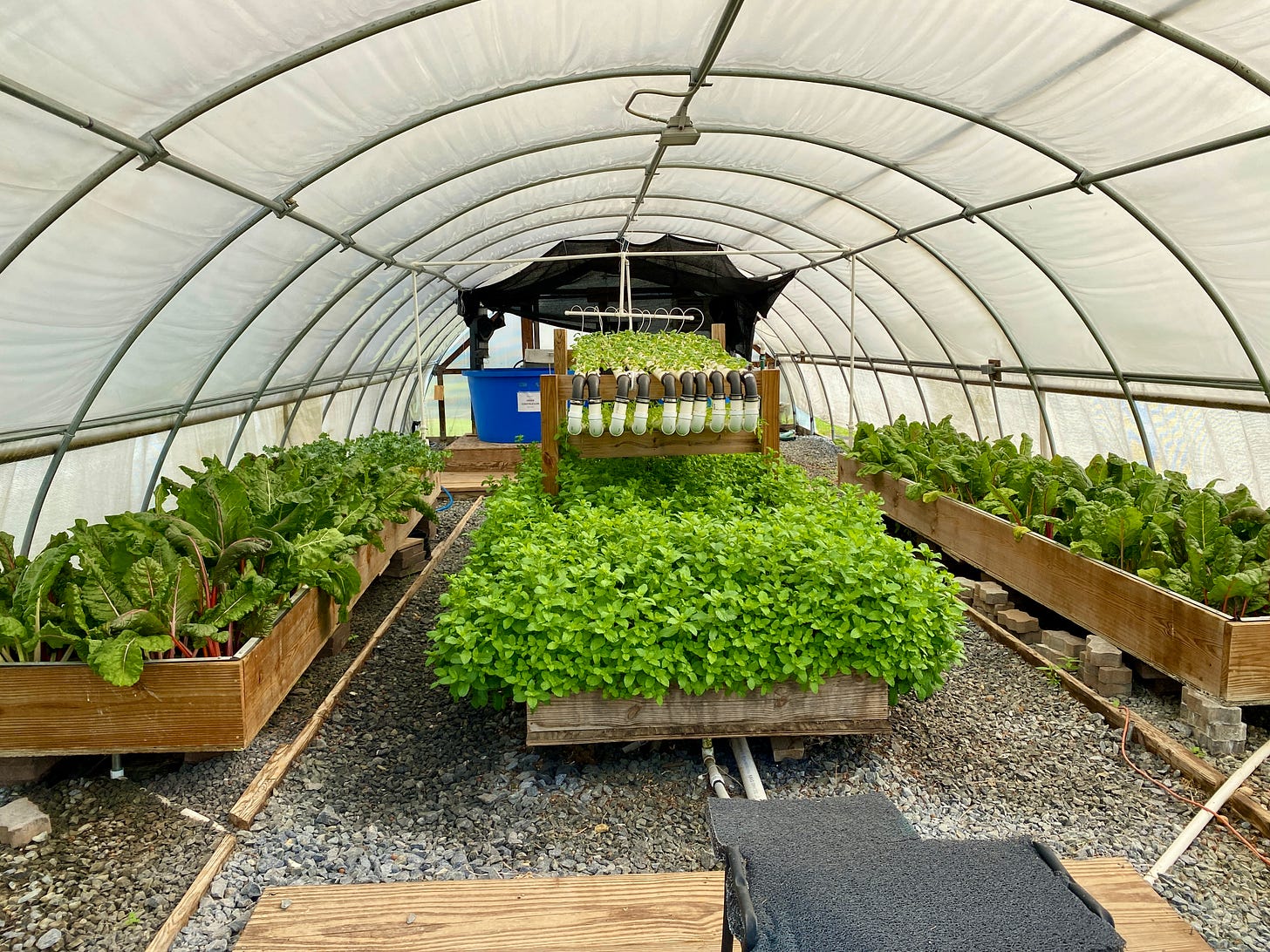
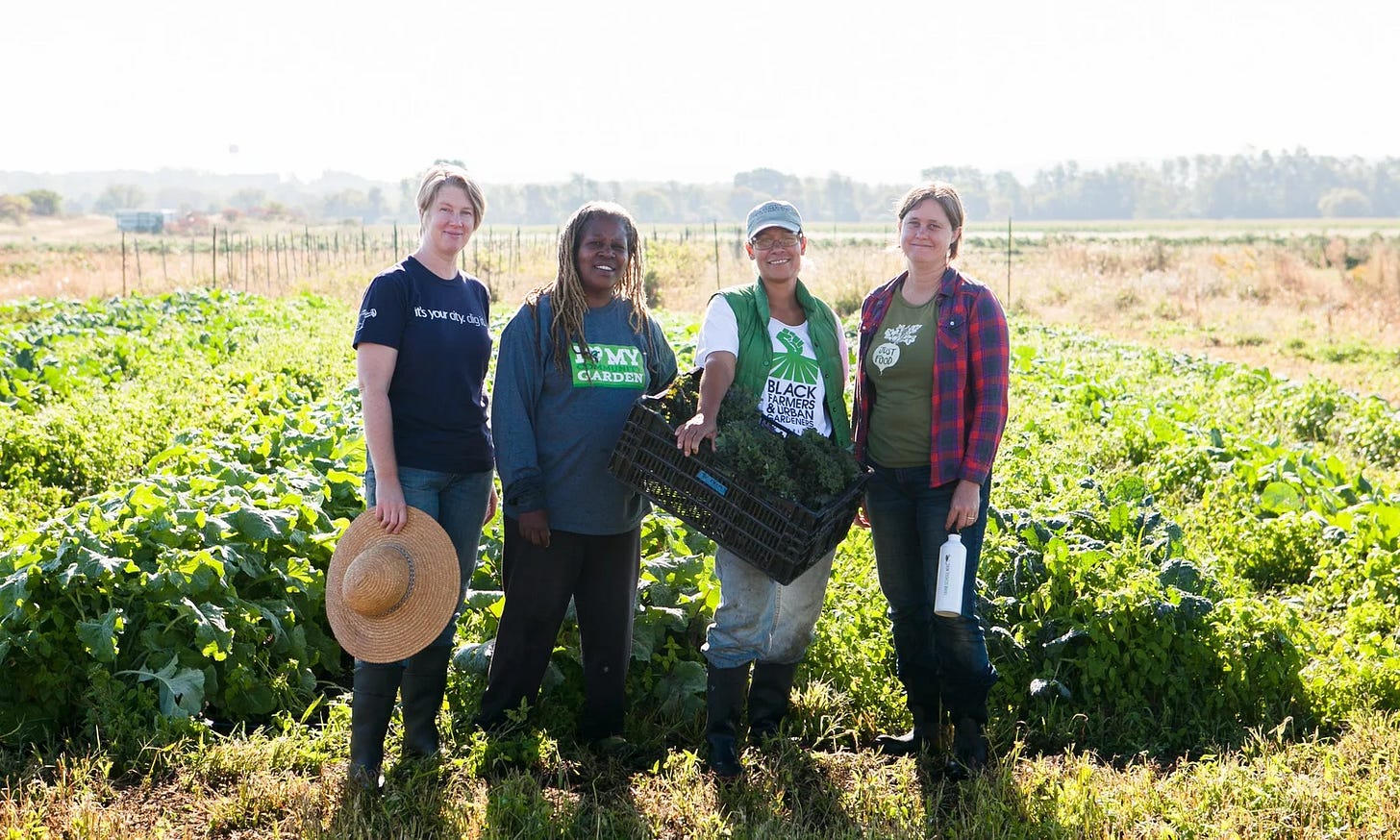
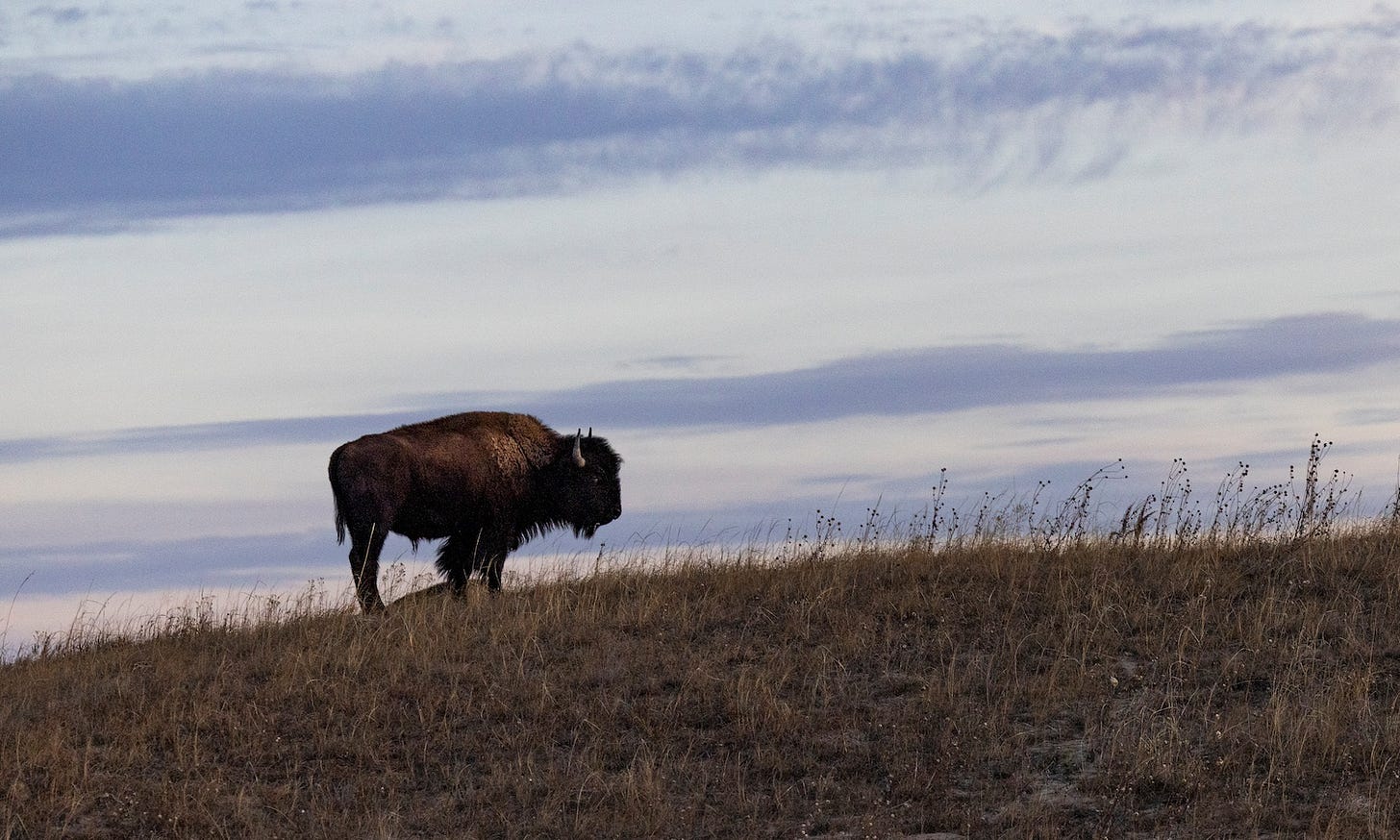
It was rainy in the Bay Area yesterday so I made the ultimate comfort dinner - tomato bisque and grilled cheese with aged white cheddar, Gruyère and Honeycrisp apple slices.
Though my family felt safe and cozy, we could not help but think of those experiencing food insecurity right now, both internally and domestically.
While trying to feed people, try to bring in facts like available farm land and water supply. Is farmland increasing or decreasing? Why?
Also consider birth rates, death rates, and population density. Higher population density is often connected to problems such as tuberculosis and bed bugs. Many diseases, such as tuberculosis, are today becoming more treatment resistant.
A friend's father had 4 wives. 3 of them had about 10 children each. The amount of family farmland stayed the same. Their descendants have moved around the planet, generally to lower birth rate countries.
What is the quality of life and population density in Hong Kong, Manila, Lagos (Nigeria)?